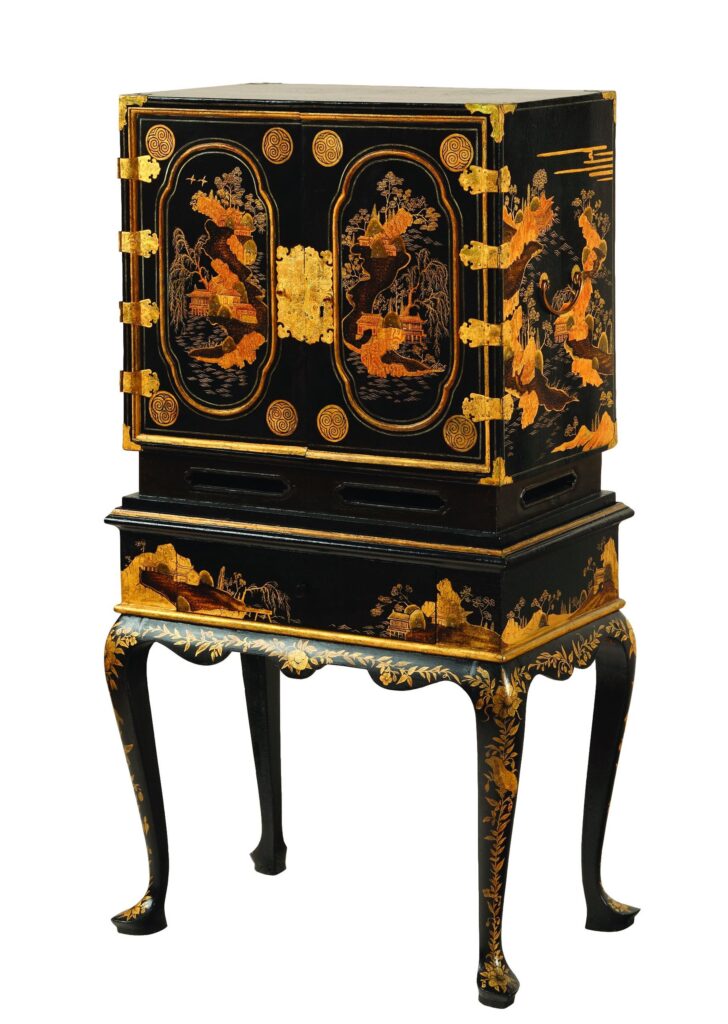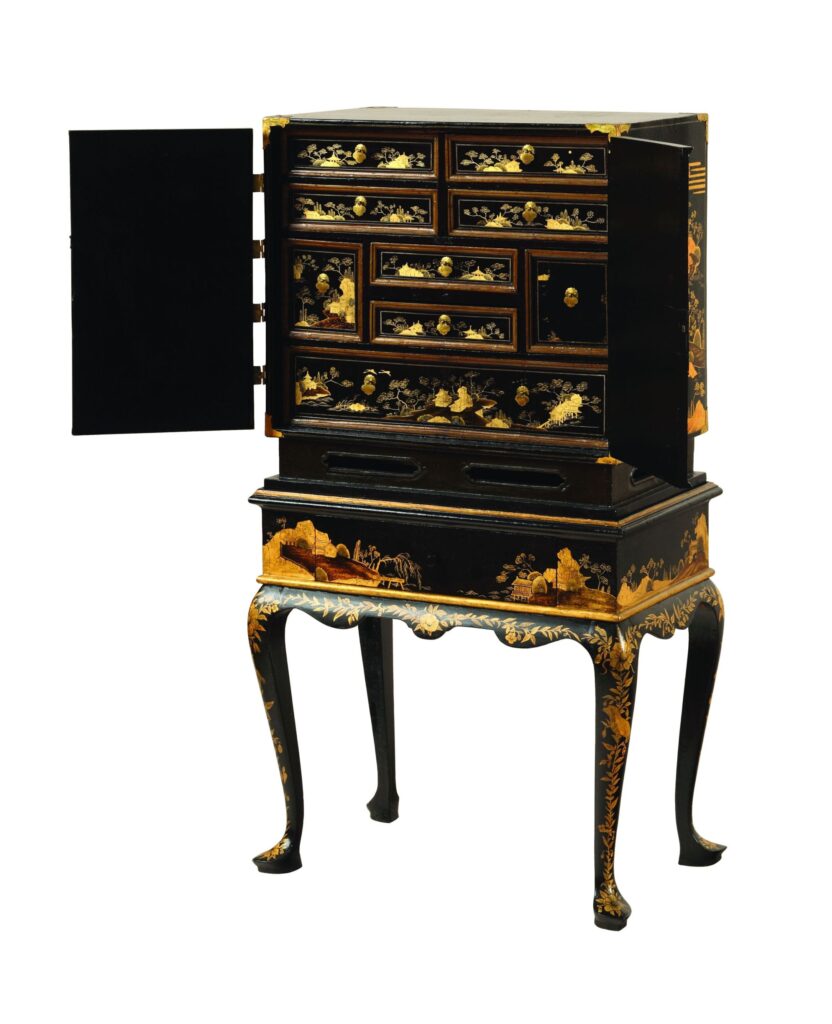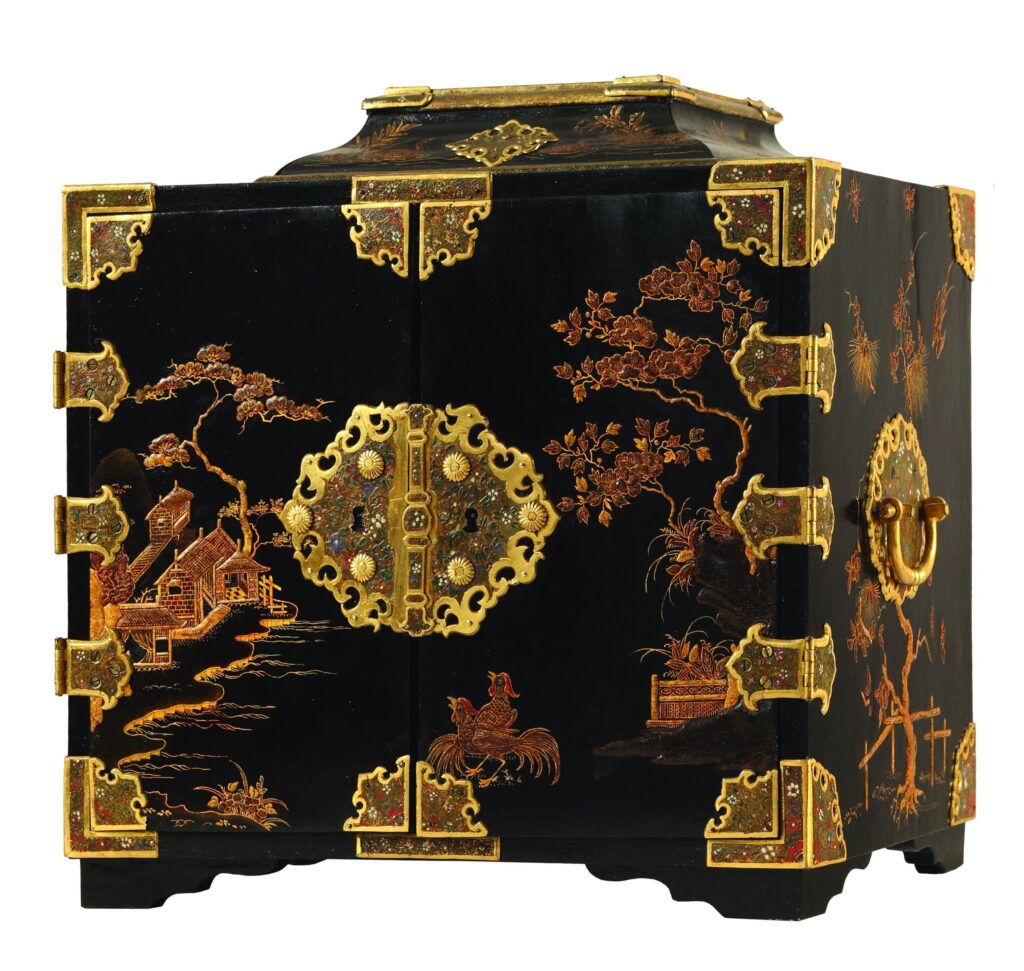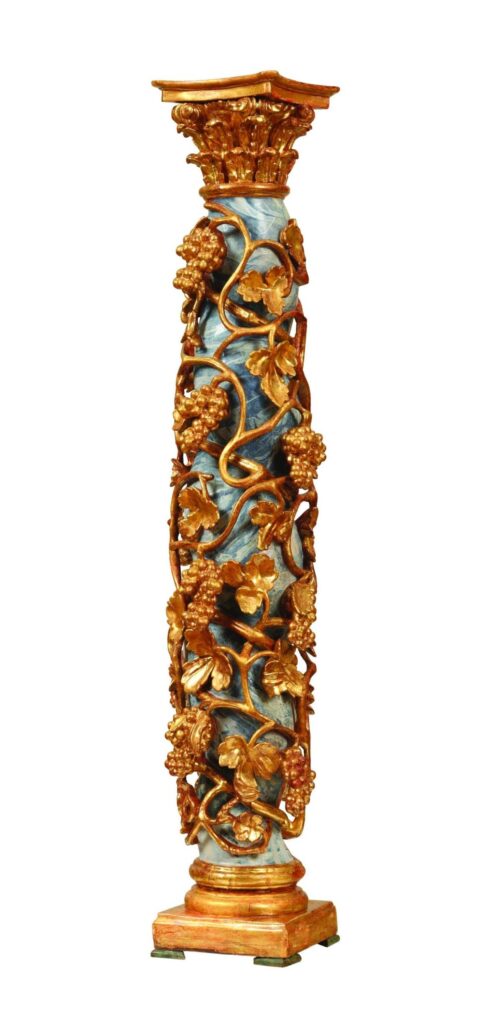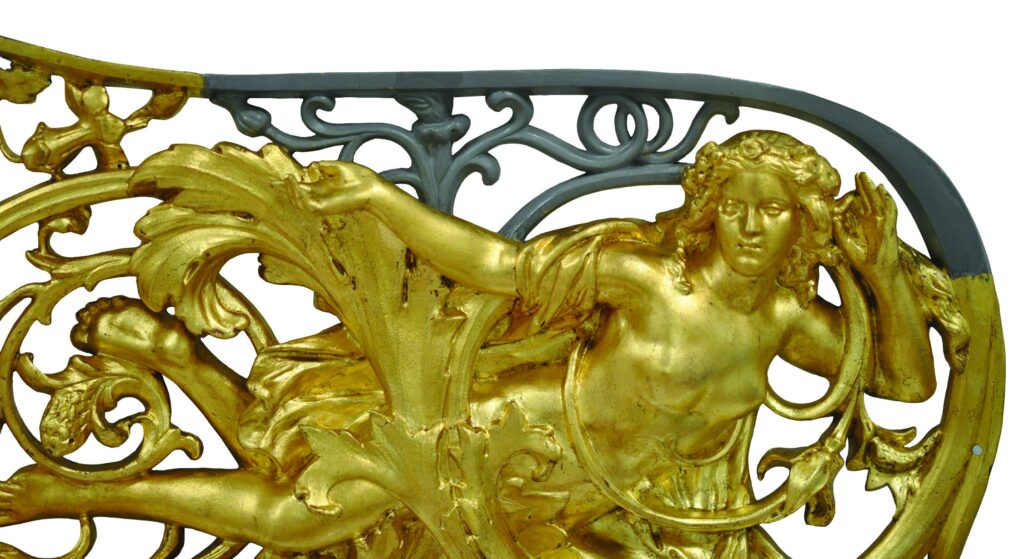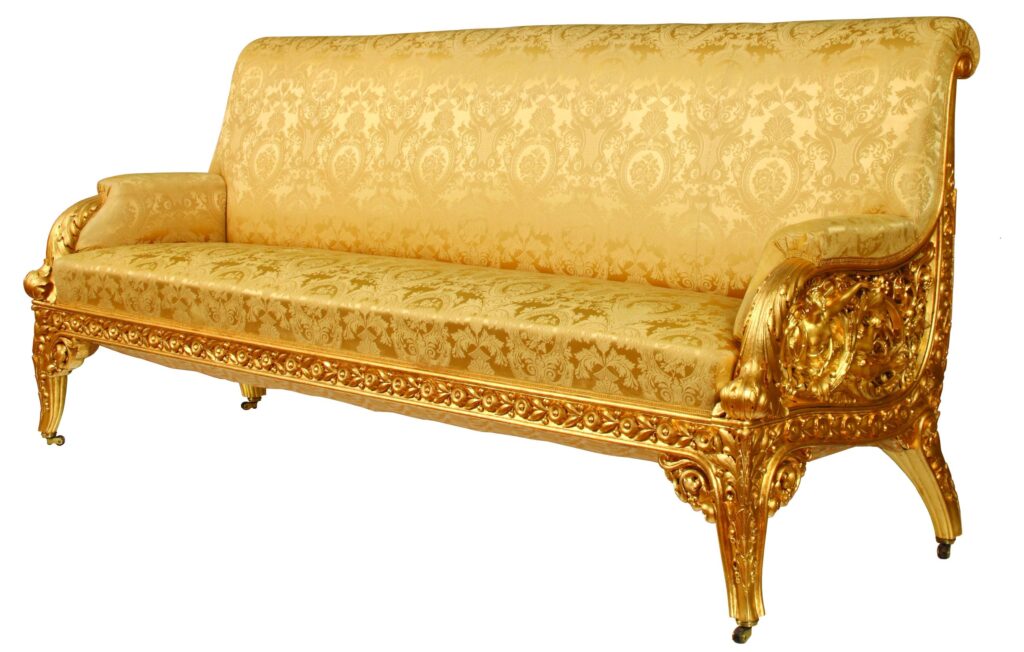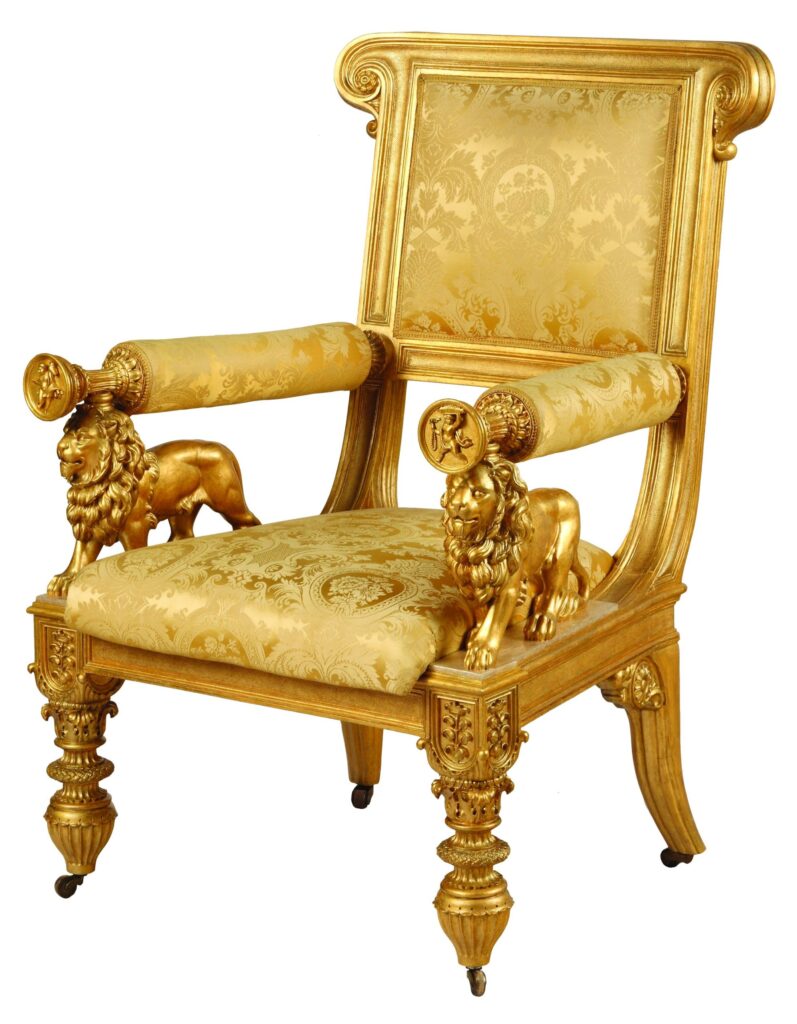A SELECTION FROM THE COLLECTION
This exhibition presents six pieces from the furniture collection of the Mimara Museum, with the aim of giving the Museum visitors a vivid illustration of the details of delicate conservation procedures. The descriptive panels which accompany the selected pieces contain working photographs depicting all the stages of the conservation procedure as well as the scientific and laboratory analyses used, thus providing detailed information on the techniques of the making of each object. At the same time, the exhibits serve to illustrate the great complexity of conservation work and the research it involves. This insight into the different stages in the making of each object testifies to the masterly quality and delicate techniques used in their production, as well as in the conservation and restoration of each piece. The objects presented at the exhibition illustrate the features of the Baroque and Empire.
Lada Ratković Bukovčan, M.A.
museum adviser,
head of the furniture collection
THE BAROQUE: Second Half of the 16th Century to the Beginning of the 18th Century
The armoire cabinet is an object that went through the entire development arc in the 17th century, from the definition of its design, to reaching a quality peak, to gradual demise. This luxury object, used by courtiers, nobility and merchants to store valuables, developed from the Spanish vargueno at the end of the 16th century. In the 17th century it engaged the work of many different artisans (such as goldsmiths and ebonists, etc.), and very often painters and sculptors. It was mostly made from ebony, or ebony imitations produced by ebonizing other kinds of wood. The use of exotic materials vastly expanded the existing repertory of finishing and decoration, and the techniques of intarsia, encrusting; decorating wood with ivory and horn inlays were developed further. Already at the very beginning of the 17th century Augsburg was one of the most important centres of production of armoire cabinets, but objects of equally masterly finishing were made in the first half of the 17th century and during the 1660s in Antwerp, France (in the second half of the 17th century), and in Italy1.
The activities of East India companies over the 17th century impacted the production of furniture too, boosting the desire to use precious, exclusive materials (ebony, palisander, mother of pearl, etc.) and playful decoration of eastern origin (so called chinoiserie). In terms of both importation and imitation Holland and England stand out, but Far Eastern influences permeated objects of applied art in France, Italy and Germany as well. All the elements of such influences are present in the making of armoire cabinets in their best form.
Armoire cabinet (Exhibit 1 – no. ATM 1853; height 106 cm; width 56 cm; depth 34 cm; ill. 1), Holland, end of the 17th century, polychrome wood with gilding, decorated with appliques of gilded brass is an homage to the miniature art of the Far East.3
Cabinet for storing a numismatic collection (Exhibit 2 – no. ATM 1848; h. 40 cm; w. 37 cm; depth 28 cm; ill. 2), England, second half of the 17th century, polychrome wood with gilding, gilded brass decorations, is a logical derivation of the mentioned tendencies, and it illustrates all the segments of the making and decoration of armoire cabinets. Although it is of diminutive dimensions (just like the contemporary jewellery cases and other similar objects), the exhibited object exemplifies the same production skills in combination with the flawless aesthetic harmony of the whole, with the decoration dominated by the familiar chinoiseries motifs.4
Twisted column was among the most common architectural elements of the Baroque taken over from the classical arts. It was the foundation and the cornerstone that absorbed and defined the mobility of the surrounding space and attracted abundant decoration enveloping its twisting form with whirling Baroque lavishness. Widely found across Italy and Europe, the twisted column appeared in splendid forms of prolific expressivity in Spain during the second half of the 17th century and the first half of the 18th century. The architect José de Churriguera (1665 – 1725) developed an idea in 1693 that he put into practice in the making of the monumental altar of San Esteban Church in Salamanca, dominated by wooden twisted columns richly decorated with gilded foliage (vine and acanthus shaped). The altar became a model across Spain and Portugal, and the followers of the style of Churriguera and his two brothers continued to emulate the lavish form of Solomonic columns during the entire first half of 18th century.5
Twisted column (Exhibit 3 – no. ATM 1701; h. 142.7 cm; diameter 24 cm; ill. 3), Spain, turn of the 18th century, polychrome wood with relief carving and gilding – it could be said that it summarizes like a precise glossary everything already mentioned about the imaginative commitment to colour, decoration and enthusiasm of the Spanish production of such objects, giving us insight into details of their production and decoration.6
THE CENTURY OF STYLISTIC CHANGES: the Beginning of the 18th Century to the Beginning of the 19th Century
The knowledge and the level of attained artisanal skills gradually transformed each of the segments of furniture making into a true understanding of stylistic features and needs of new interiors. From France there spread into other countries new refined playful designs, adapted to more intimate interiors, which took root during the Régence period, i.e. the regency of Phillipe II, Duke of Orléans (1715 – 1723). This style transformed almost without interruption into the style marking the rule of Louis XV (1723 – 1774), or the Rococo.
To the motifs from the period of regency an addition was made in the form of the commonly used motif of rocaille (shell-like decoration); acanthus leaves, cartouches, etc. Artisans specializing in different aspects participated in furniture production – carpenters, woodcarvers, artisans in charge of staining, gilding and polishing furniture, and makers of bronze appliques.7
During the Directory (1795 – 1799) and the Consulate (1799 – 1804) the artisans and their followers from the time of Louis XVI were still active, and precisely in that fact lies the cause of a gradual revival of the production of quality furniture. Their knowledge is manifested during Napoleon’s reign, and it is characterized by the representative, lofty Empire style (which was dominant in 1804 – 1815, and which in some versions endured until 1830). The pompous perfectionism of the style united all the classicist motifs (Etruscan and Roman ones) with Egyptian and Greek motifs. Elements of benches, armchairs, table legs and commodes are designed in the shapes of sphinx, griffon and female busts; mahogany and polychrome and gilded wood is dominant in the production of furniture. The triumphalism of classical features is reflected in the proud tranquillity of seating furniture of the Empire.
Bench (Exhibit 4 – no. ATM 1894; h. 102 cm; l. 230 cm; depth 68 cm; ill. 4) and two armchairs (Exhibits 5 and 6 – no. ATM 1894 a, and no. ATM 1894 b; h. 108 cm; w. 70 cm; depth 65 cm; ill. 5), France, around 1810, carved and gilded wood, overlaid with brocade. Each of the objects reflects the mentioned features of the Empire style, in their specific construction aspects, as well as in the clear representative harmony of the whole.8
It is no surprise that Reiner Baarsen remarked that the Baroque armoire cabinet is an example of excellent Gesamtkunstwerk. See: Baarsen 2000, p. 11; Also see: Kružić Uchytill 1985, pp. 64 -76.
The English East India Company was founded in 1600, the Dutch East India Company was founded in 1602, and a little later the Portuguese East India Company; in 1664 Colbert founded the French East India Company. See: Ratković Bukovčan 2013, p. 49.
See: Ratković Bukovčan 2001, pp. 18-19.; Ratković Bukovčan 2007 (there is no pagination in the original), exhibition booklet. Also see the examples of small armoire cabinets from the end of the 17th century, decorated with chinoiserie motifs: Nagel 1991, p. 130; Burckhardt (n.d.), p. 61.
See the jewellery cabinet from the beg. of the 17th cen., made in Holland – Baarsen 2000, p. 1-4, ill. 1-4.
This type of column is known as the Solomonic column, after the legend that Constantine the Great brought to Rome the first twisted columns from the Temple of Solomon in Jerusalem in the 4th century, and that they were placed in the old St. Peter’s Basilica. See: Bazin 1975, pp. 211/212. Also see: Encyclopædia Britannica: Salomónica (March 2015) http://www.britannica.com/EBchecked/ topic/519604/salomonica (22 April 2015)
See some of the numerous examples of the Spanish baroque production: https://www.google.hr/ search?q=www.columna+salomonica (April 2015)
See: Ratković Bukovčan 2006, pp. 19 and 28.
See: Ratković Bukovčan 2007, exhibition booklet (no pagination in the original). Also see the examples of the armchair and benches from the Empire period: Payne (ed.) 1989, p. 89; Bizot 1992, p. 33.
Literature i bibliography
Baarsen 2000. = Baarsen, Reiner. 17th century cabinets. Amsterdam: Rijksmuseum, 2000.
Bazin 1964. = Bazin, Germain. L’ Art Baroque et le Rococo. London: Thames and Hudson, 1964. (prijevod/tr. 1975. Beograd: Izdavački zavod Jugoslavija, 1975.)
Bizot 1992. = Bizot, Chantal. Mobilier Directoire Empire. Paris: Editions Ch. Massin, 1992.
Burckhardt (n.d.) = Burckhardt, Monica. Mobilier Louis XIII, Louis XIV. Paris: Editions Ch. Massin.
Kružić Uchytill 1985. = Kružić Uchytill, Vera. Barokni namještaj. Zagreb: Muzej za umjetnost i obrt, 1985.
Nagel 1991. = Nagel, Bert. Möbel. Augsburg: Battenberg, 1991.
Payne (ur.) 1989. = Payne, Charles (ur./ed.). Sotheby’s concise Encyclopedia of Furniture. London: Conran Octopus
Ratković Bukovčan 2001. = Ratković Bukovčan, Lada. The chest – An Influence over the centuries, (Studije Muzeja Mimara, 18). Zagreb: Muzej Mimara, 2001.
Ratković Bukovčan 2006. = Ratković Bukovčan, Lada. Armchairs and other forms of Furniture for sitting from the Mimara Museum, (Studije Muzeja Mimara, 23). Zagreb: Muzej Mimara, 2006.
Ratković Bukovčan 2006. = Ratković Bukovčan, Lada. Tables from the late Gothic period to the Rococo in the Mimara Museum, (Studije Muzeja Mimara, 7). Zagreb: Muzej Mimara, 2006.
Ratković Bukovčan 2007. = Ratković Bukovčan, Lada. The Basic Types of Furniture from the 16th Century to the Early 19th Century Housed in the Mimara Museum. Zagreb: Muzej Mimara, 2007. Exhibition booklet.
Transparent Beauty: Glass from the Renaissance to Art Déco from the Collections of Zagreb Museums (ed. dr. sc. Anđelka Galić). Zagreb: Muzej za umjetnost i obrt, 2013. Catalogues of the exhibition.

